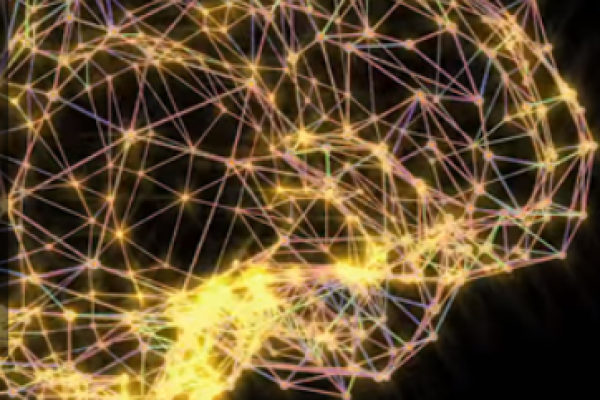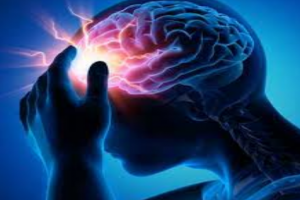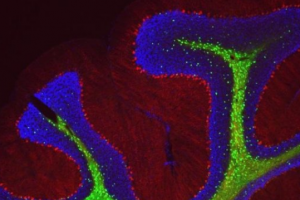Powerful MRI Links Brain Connectivity to IQ
A new and relatively simple technique for mapping the wiring of the brain has shown a correlation between how well connected an individual’s brain regions are and their intelligence, say researchers at the University of Cambridge.
A new and relatively simple technique for mapping the wiring of the brain has shown a correlation between how well connected an individual’s brain regions are and their intelligence, say researchers at the University of Cambridge.
In recent years, there has been a concerted effort among scientists to map the connections in the brain – the so-called ‘connectome’ – and to understand how this relates to human behaviours, such as intelligence and mental health disorders.
Now, in research published in the journal Neuron, an international team led by scientists at the University of Cambridge and the NIH, USA, has shown that it is possible to build up a map of the connectome by analysing conventional brain scans taken using a MRI scanner.
The team used a conventional 3T MRI scanner, where 3T represents the strength of the magnetic field.
A typical MRI scan will provide a single image of the brain, from which it is possible to calculate multiple structural features of the brain. The researchers showed that if two regions have similar profiles, then they are described as having ‘morphometric similarity’ and it can be assumed that they are a connected network.
Using these morphometric similarity networks (MSNs), the researchers were able to build up a map showing how well connected the ‘hubs’ – the major connection points between different regions of the brain network – were. They found a link between the connectivity in the MSNs in brain regions linked to higher order functions – such as problem solving and language – and intelligence.
They saw a clear link between the ‘hubbiness’ of higher-order brain regions – in other words, how densely connected they were to the rest of the network – and an individual’s IQ. This makes sense if you think of the hubs as enabling the flow of information around the brain – the stronger the connections, the better the brain is at processing information.
While IQ varied across the participants, the MSNs accounted for around 40% of this variation – it is possible that higher-resolution multi-modal data provided by a 7T scanner may be able to account for an even greater proportion of the individual variation, says the researchers.
What this doesn’t tell us, though, is where exactly this variation comes from, What makes some brains more connected than others –genetics or educational upbringing, for example? And how do these connections strengthen or weaken across development?
This could take us closer to being able to get an idea of intelligence from brain scans, rather than having to rely on IQ tests.
technologynetworks.com





Related Posts